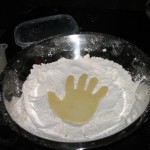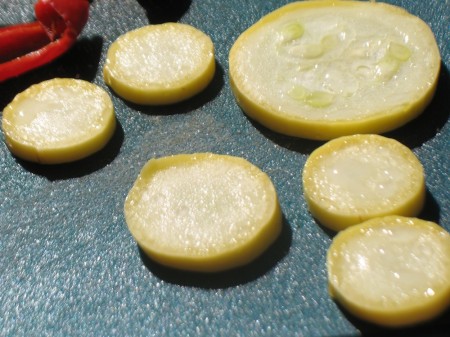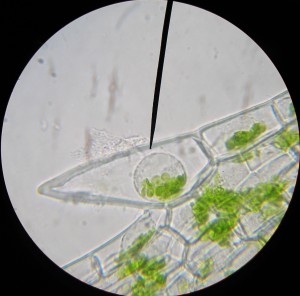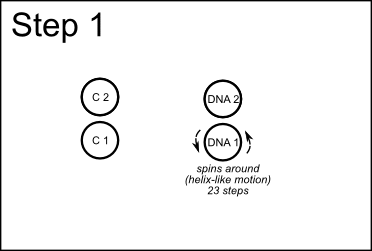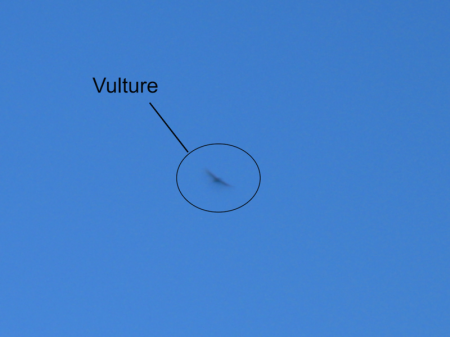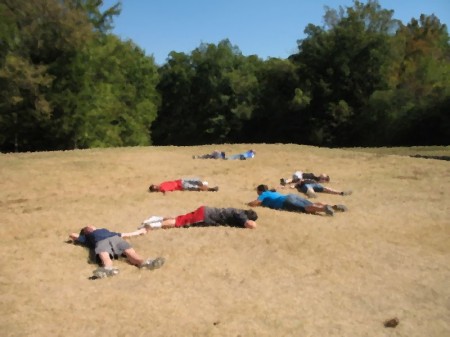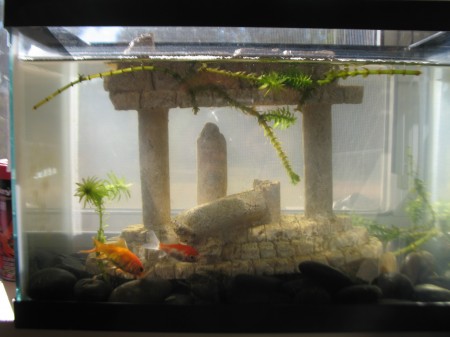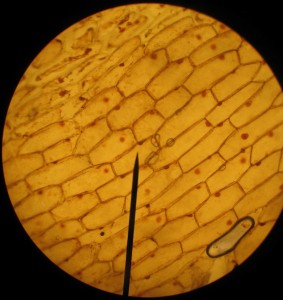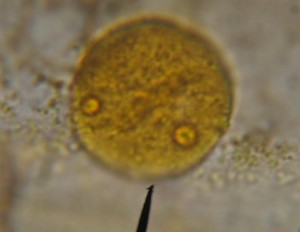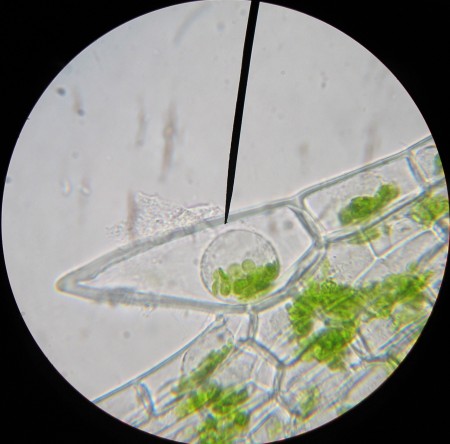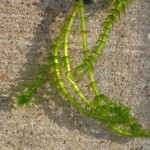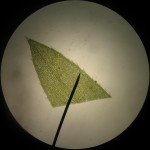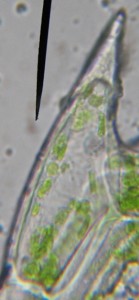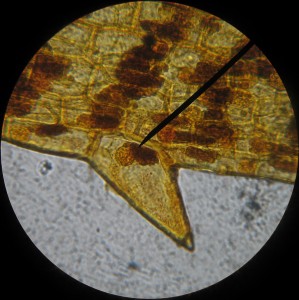One of the easiest and most elegant ways of explaining the classification of organisms, the history of life on Earth, and the relationships between different organisms is to construct a phylogenetic tree. I have a great exercise I like that takes just some bits of colored paper, string, a poster board and some thumbtacks.
To start, each student writes the Latin domain, kingdom, phylum, class, order, family, genus and species names on separate pieces of colored paper. I hand out paper in stacks and give them strict instructions not to rearrange the order of the colors. Wikipedia is actually a great resource for this because they tend to be quite reliable on this if they have the specie you’re looking for (and they have quite a bit).
Students then tape the pieces of paper together on a string, species at the bottom, domain at the top, and, one by one, tack them to the poster board. As each student attaches their string to the board they say the common name of their organism and then recite the phylogeny.
When I did the exercise on Monday, I asked the students to use the organisms they’re working on for their independent research projects so everything started with the domain Eukaria. Interestingly enough, the Wikipedia pages don’t have the domain classification, probably because they think it’s too obvious, but I had a number of kids spend quite a bit of time trying to figure it out; they probably benefited from doing so I didn’t mind at all.

Classifications that are the same are tacked one on top of the other, Eukaria on top of Eukaria, Mammalia on top of Mammalia and so on, so that, as students add their parts of the phylogeny, you begin to see the phylogenetic tree. We had insects, mammals, plants and reptiles, so there was quite a nice variety represented.
After about half a dozen lineages were on the board, the procedure began to get a bit repetitive, so I started to ask students to guess, based on the common name, where the next species to go on would diverge from the rest of the emerging tree. Students seemed to like this part of it. I had started with homo sapiens when I demonstrated the procedure so it was salutary for them to see how much the other organisms differed from humans.
When everything is tacked on, you end up with a cute picture of a the tree of life that makes a cute, but awfully real looking, phylogenetic tree. Students tack their pieces of paper on the string at different distances, some much closer together than others. As a result, the final tree is looks as though it shows the genetic divergence between the different groups. It a fake, but lends a sense of verisimilitude non the less.


